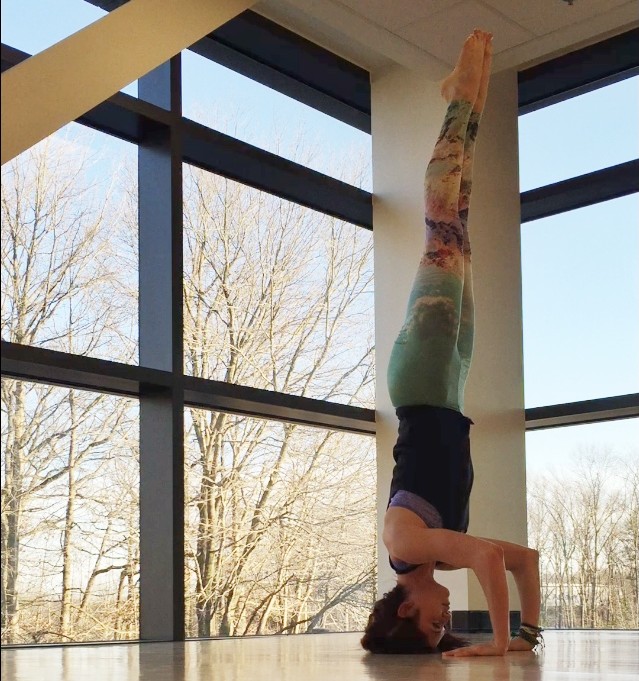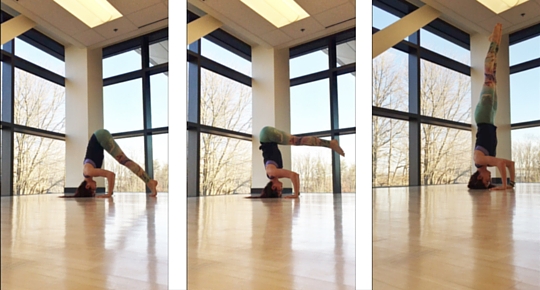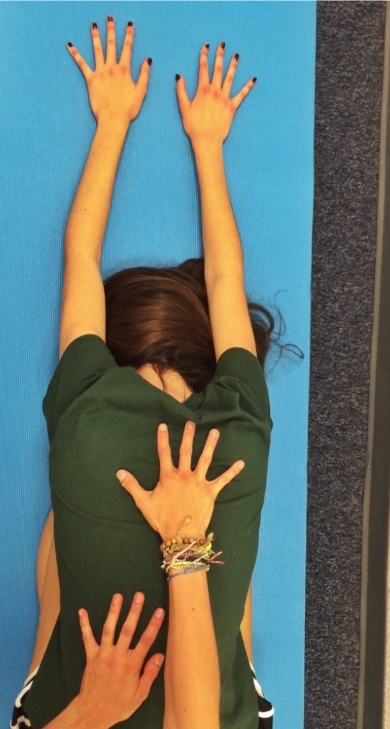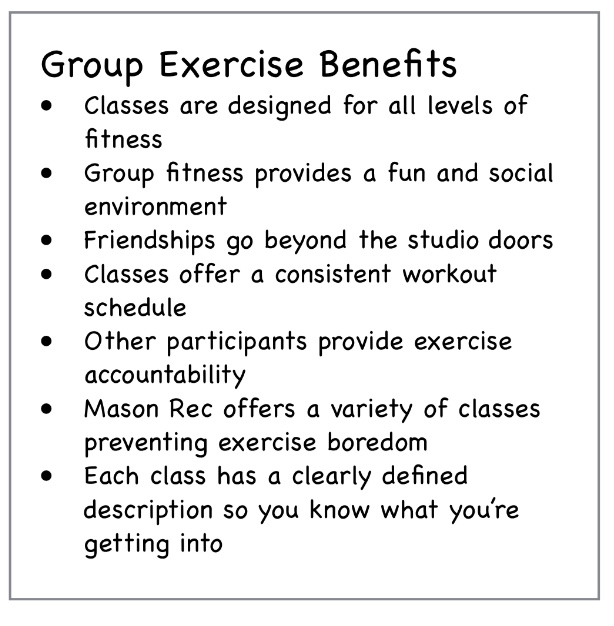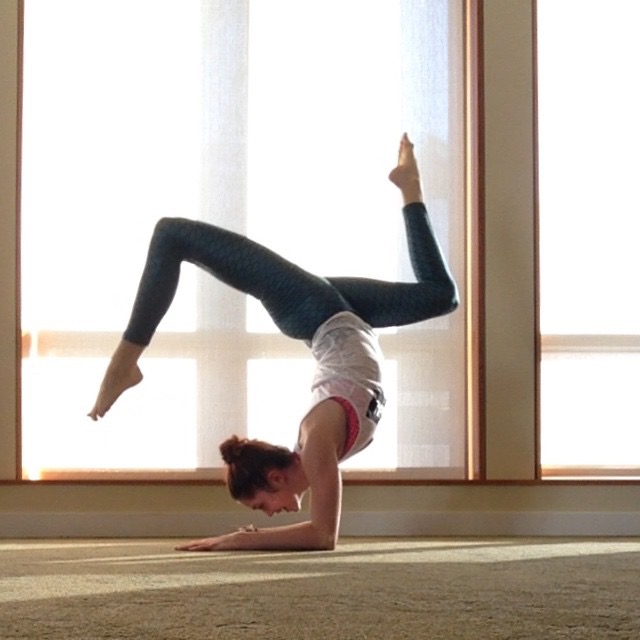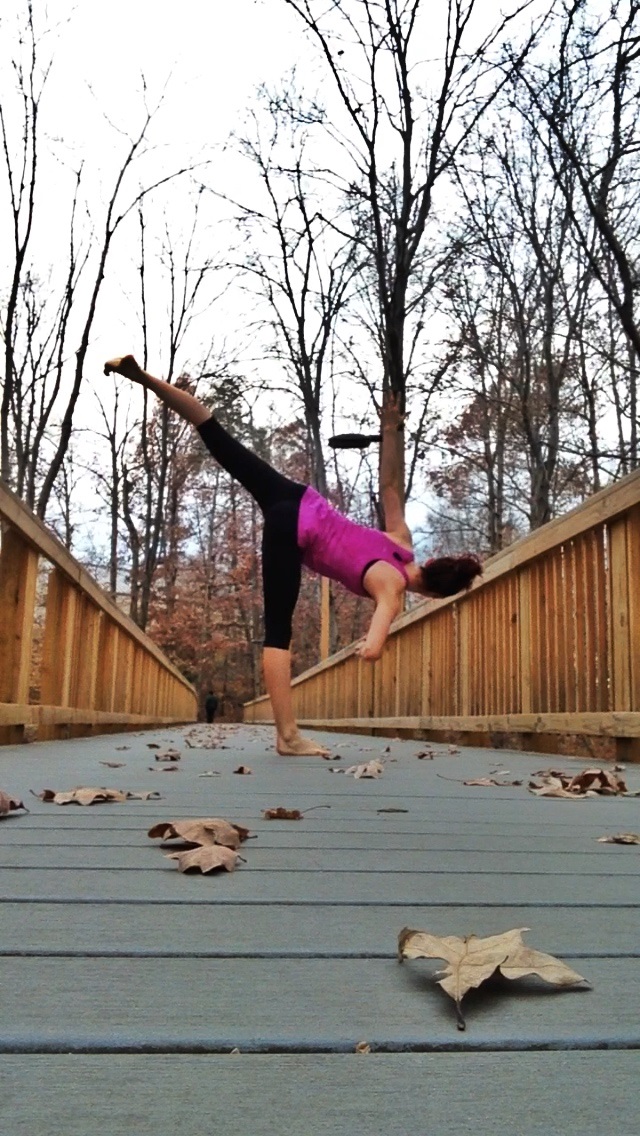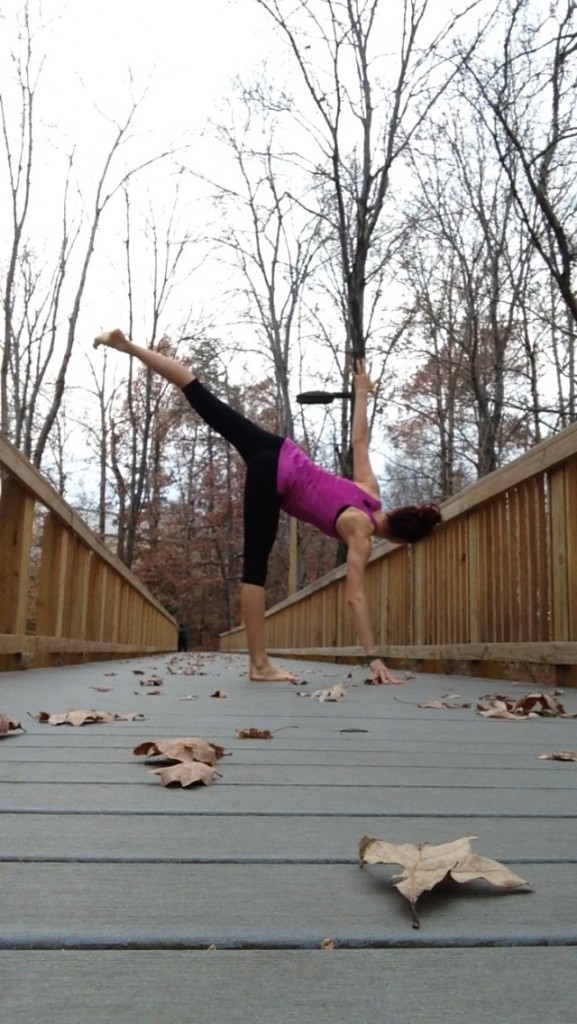An inversion in the air is a gross layer of smog from car and factory exhaust that can’t raise up and away. An inversion in yoga is putting your head below your hips in a lovely, brain blood flow stimulating experience. Such a large definition means there are lots of options for inversions: handstands, downward dog, shoulder stand, or—often regarded as the epitome of yogic lifestyle—the headstand.
Of course, yoga is about much much more than standing on your head. It’s about balance on and off the mat, wholistic self appraisal, third person objectivity in evaluating your life, flow, flexibility, etc.
Regardless, the appeal of a headstand is potent. Many people are afraid of a headstand, or being upside down in general. It’s intimidating and unfamiliar. However, overcoming the fear is something that’s worthwhile for a few reasons and can be done safely with a few things in mind.
Benefits of the headstand start with the way it relaxes strain on the heart (which is usually pumping blood up with force) by tipping everything the other direction. It slowly invigorates the body and rushes oxygen-rich blood through the upper part of the body (especially to the brain). There is an increase in stretch on the legs, and a slight stretch on the thighs and feet in particular. Said to “harmonize blood circulation,” getting upside down is physically very rewarding. Let’s also mention headstands have been used to treat rotator cuff tears.
A headstand is rewarding in psychological, spiritual, and emotional ways as well. The literal idea of flipping the perspective is a wonderful metaphor for a lot of difficulties. Conquering fears is good for increased resiliency and well-being. Mastering the “king of asanas” can make any yogi a little more confident in their journey.
Even with all this good knowledge, there are some safety considerations. When a headstand is done wrong it can damage the spinal cord, twist the neck, disrupt blood flow, or put a nice little bruise on the top of the head. These things mainly come from misguided practice techniques, however, and if safely instructed and slowly built up to, a headstand can be for literally anyone. Just Google “84 year old does headstand.” I’ve personally witnessed a 67-years-young woman (having begun a yoga practice at age 65) master the headstand.
Tips and tricks to be awesome in headstand (safely):
- Start small. Just sit with your head on the ground and your legs in a pike position, slowly bringing your hips up over your head – toes still on the ground. Get familiar with the “stacking” of the body into a line.
- Put your elbows at 90 degrees. They should be directly in front of your shoulders, fingertips facing your face. Too many people let their elbows flare out and don’t keep the 90 degree rule, so they disrupt the three-point advantage of keeping your head and wrists down.
- Try a bound headstand. Interlace your fingers and place them behind your head. Squeeze your forearms into your head and use the entire distance (from wrist
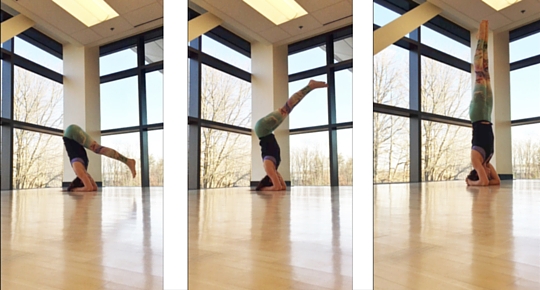 to elbow) to equally press down and support yourself on the ground.
to elbow) to equally press down and support yourself on the ground. - Raise both legs together. This is shown to decrease the load put on the back that is induced by lifting one bent leg and then the other. It requires more core strength, so that will need to be built up first.
- Lower one leg down at a time. Unlike coming up, when coming down it’s best to then move one leg at a time for the same reason – decreased loading on the spine. You’re already all stacked up, so carefully come off of that.
- Name check. You should be able to say your own name comfortably. If you can, you are in alignment. If not, come down and work on building back up.
- Relax your grip on the mat. Digging in your fingertips simply increases the chance of losing focus and of falling out to one side or another. It’s not recommended to begin practicing headstands on the grass because of this tendency. If the ground is relatively flat and you can restrain from pulling on the weeds, it can be a good idea.
- If you do fall: tuck and roll. Chin into chest, knees to stomach.
- Avoid headstands if you have hypertension, recent back surgery, ocular hypertension, or if you are currently pregnant or menstruating.
- Be willing to try something new. Believe you can and you can. Believe you cannot and you cannot.
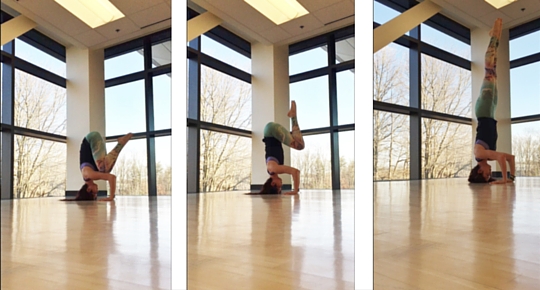
References:
Hector, R., & Jensen, J. L. (2014). Sirsasana (headstand) technique alters head/neck loading: Considerations for safety. Journal of Bodywork and Movement Therapies.
Narasimhan, A., & Prasad, M. G. (2012). The role of Yoga-Asanas in Mind-body Harmony.

